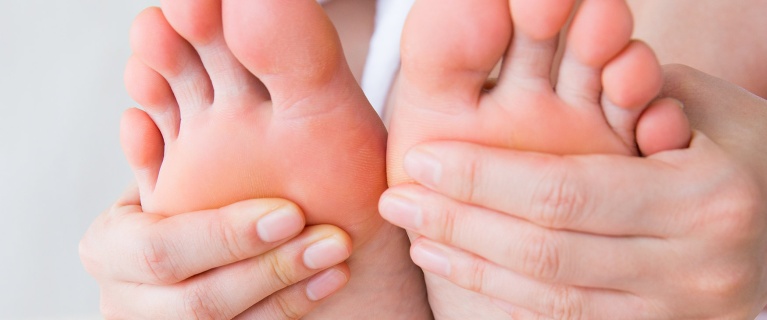

Hives and Eczema: How can you tell the difference?

Itching, redness, etc. Skin rashes can be triggered by a number of conditions, including psoriasis, eczema and hives. How can you tell the difference between hives and eczema? How can you tell if you have hives? Why do you get hives? What causes hives? What causes eczema? What makes eczema worse? The experts at the Eczema Foundation answer all your questions.
What is the difference between hives and eczema?
These two inflammatory diseases have redness and severe itching in common, but the way they appear on the skin is quite different. Hives take the form of red, swollen plaques resembling nettle stings. Eczema, on the other hand, presents as small vesicles on red plaques which, when scratched, open up and ooze before forming scabs.
Both diseases progress through a series of attacks or flare-ups. But the notable difference lies in the way the red plaques develop during flare-ups. Plaques of hives never last long. They fade within a few hours, but other plaques may continue to appear elsewhere and then disappear. Over the longer term, a distinction is usually made between acute hives, which may last a few days, and chronic hives, which develops in flare-ups lasting more than 6 weeks. In eczema, plaques are persistent and do not go away unless treated. Eczema can also be acute, particularly in the case of contact eczema. Atopic eczema is also a chronic disease, which often starts in infants and children, and in some cases persists into adulthood.
Finally, it is important to remember that eczema and hives have different causes, and therefore different treatments. In most cases, hives can be treated by taking antihistamine tablets. In eczema, the use of a topical corticosteroid cream is recommended during flare-ups. The daily use of an emollient cream is also recommended for atopic eczema, due to the skin's habitual dryness. Antihistamines are ineffective in eczema.
Eczema and Hives: What causes these skin rashes?
It is important to note that there can be multiple causes for both types of inflammation. Contact eczema appears following an allergic reaction to a specific agent (jewelry, cosmetics, medication, etc.). When eczema begins in childhood, it is not always allergic in origin, but linked to a particular genetic background. This is known as atopic eczema.
Hives, when acute, can also be allergic in origin. Unlike contact eczema, where the allergic reaction appears 24 to 48 hours after contact with the allergen, hives occur within minutes of contact (e.g., latex allergy), oral intake of a certain food (food allergy) or medication.
Chronic hives, on the other hand, is not an allergic disease. In fact, it is known as spontaneous chronic hives, because there is no known cause other than the dysfunction of skin cells called mast cells, which abnormally release inflammatory proteins, particularly histamine. There is also so-called physical hives, triggered by heat, cold, sun, pressure or even scratching. In the latter case, the condition is referred to as dermographism since, in this case, it is possible (theoretically) to write on the skin.
As with eczema, stress can be an aggravating factor in hives. Psychological factors should therefore not be overlooked.
However, for the layman, it can sometimes be difficult to tell the difference between eczema and hives. Especially in the case of very young children, it is recommended to seek medical advice so that the right treatment can be administered.

